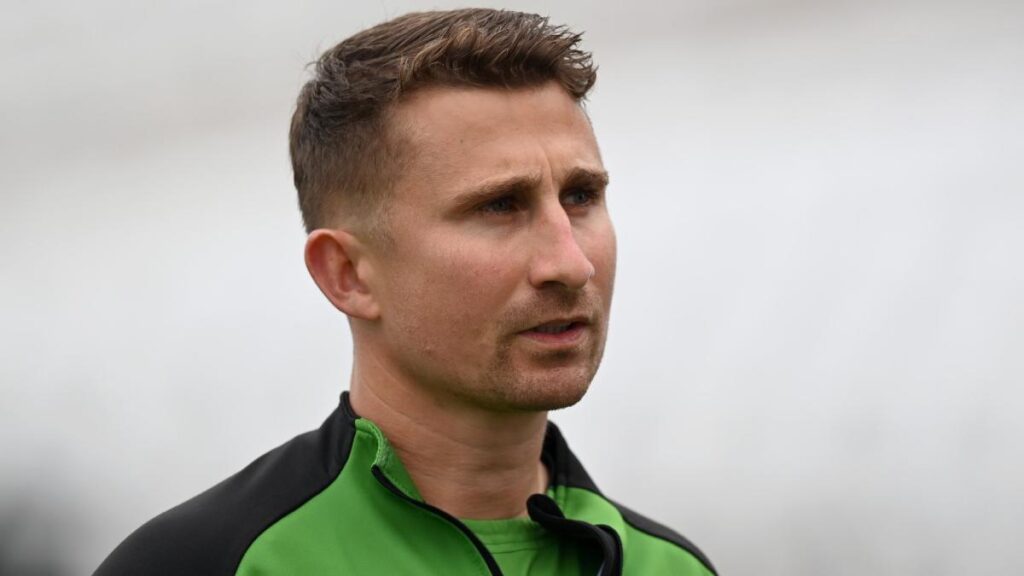Improving Heart Screenings in Sports: Urgent Need Highlighted by Tom Lockyer’s Crisis
In the aftermath of the on-pitch cardiac arrest suffered by Luton captain Tom Lockyer, former England batter James Taylor emphasizes the crucial need for continued improvement in heart screenings for athletes. Taylor, who had to retire from cricket at the young age of 26 due to a heart condition, believes that while screening processes do a fantastic job, there is always room for enhancement.
A Wake-Up Call for Sporting World
Lockyer’s collapse during a Premier League game with Bournemouth has sparked concerns about the effectiveness of current screening protocols in sports. Both sets of players were taken off the pitch as Lockyer received treatment, ultimately resulting in the abandonment of the game. This incident serves as a tragic reminder of the importance of rigorous heart screenings for athletes at all levels of sports participation.
Lockyer’s Ongoing Battle with Heart Issues
Lockyer’s recent collapse is not his first encounter with heart-related challenges. He previously underwent heart surgery following a similar incident during Luton’s play-off final win against Coventry in May. Despite being given the all-clear to return to playing in June and expressing confidence in the results of his scans and tests, Lockyer’s subsequent collapse raises questions about the adequacy of the screening process he underwent.
Stringent Tests and Close Surveillance: The Protocol for Athletes
Professor Aneil Malhotra, a cardiologist working with several Premier League teams, stresses the vital role of comprehensive and rigorous testing for athletes with underlying heart conditions. He explains that an athlete-centered approach has been adopted to reduce potential harm while supporting the player in pursuing their sports aspirations. Lockyer, being subjected to stringent tests before being allowed to play again, reflects this approach, underscoring the need for continued vigilance and improvement in heart screenings for athletes.
Conclusion
The occurrence of Lockyer’s on-pitch cardiac arrest serves as a stark reminder of the crucial need for ongoing improvements in heart screening protocols in sports. This incident emphasizes the need for a more thorough and comprehensive approach to detecting and managing heart conditions in athletes, ensuring their safety and well-being on the field.
In light of the recent events surrounding Lockyer, it is clear that the effectiveness and thoroughness of heart screenings in sports must be continuously evaluated and enhanced to prevent similar incidents in the future. The sporting world must come together to prioritize the health and safety of athletes by refining and implementing robust screening processes.


